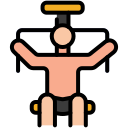
Bodyweight Exercises for a Stronger Core
Chosen theme: Bodyweight Exercises for a Stronger Core. Welcome to a friendly, practical guide for building serious midline strength anywhere, anytime—no equipment required. Explore smart progressions, technique cues, and motivating stories that make consistency feel rewarding. Subscribe and comment to shape future routines and join our engaged core-strength community.
Understand Your Core: Muscles, Roles, and Myths
Your core is more than visible abs. It includes deep stabilizers like the transverse abdominis, pelvic floor, diaphragm, and spinal erectors. Together, they create stability, transfer force, and keep your spine safe during everyday movement, sport, and even simple tasks like carrying groceries or standing tall.
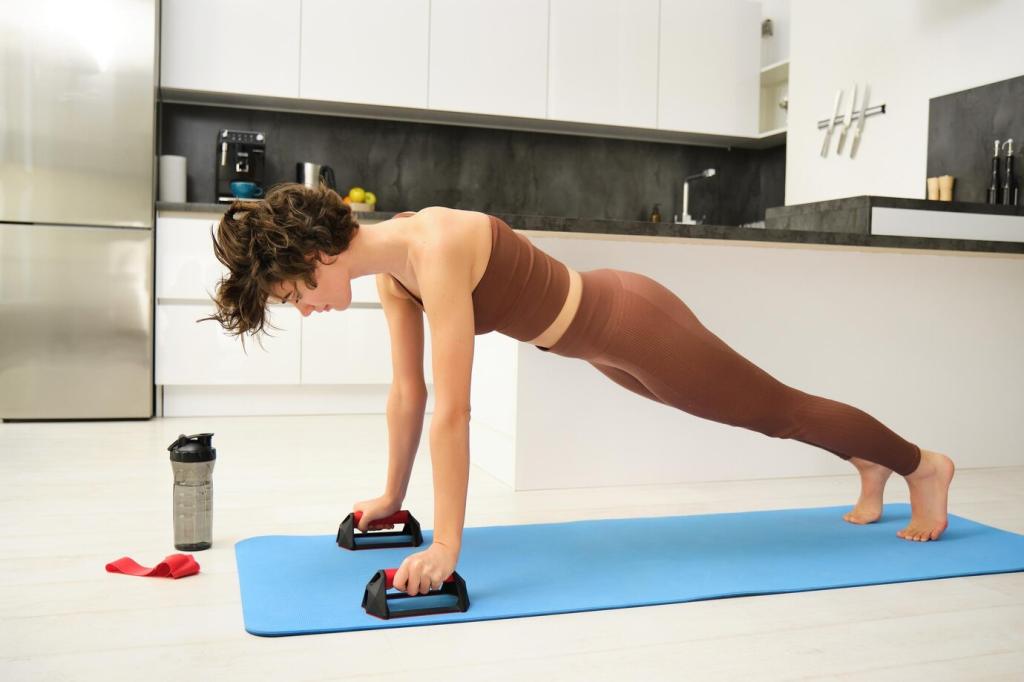
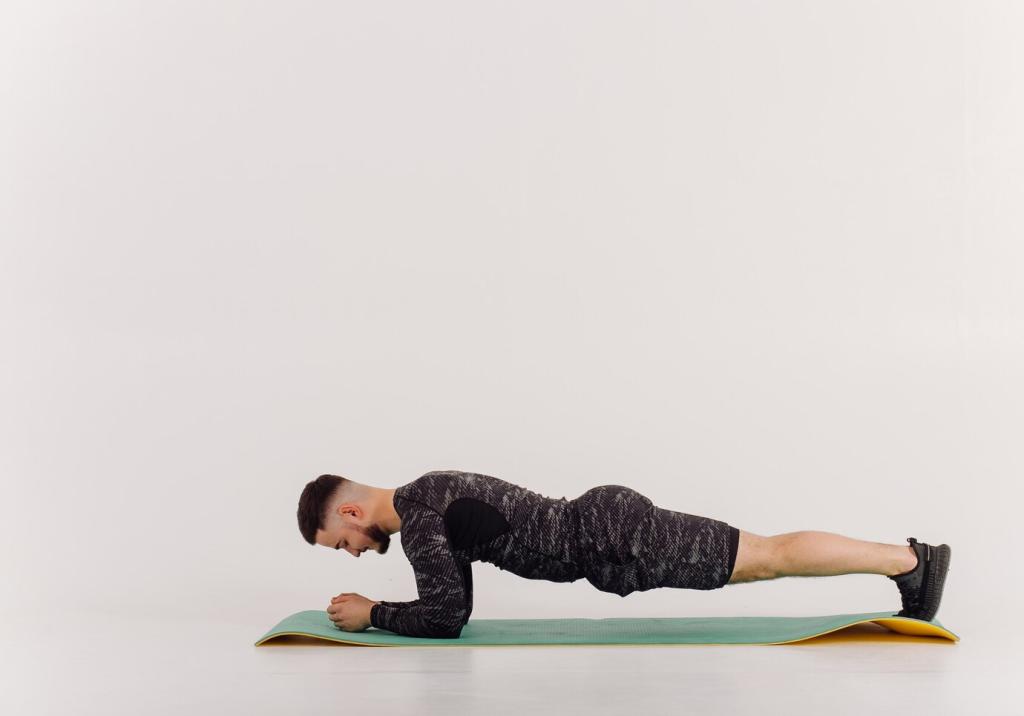
Understand Your Core: Muscles, Roles, and Myths
Bodyweight training makes you control your own levers and posture, encouraging full-body tension. Exercises like planks, hollow holds, bird dogs, and dead bugs teach stability without machines. This approach translates directly to real life, where you manage your own body, not external weights, under changing demands.
Spend two minutes waking up your midline: cat-cow for spine motion, glute bridge holds to activate hips, and diaphragmatic breathing to engage deep stabilizers. Focus on tall posture and gentle bracing. Comment if you want a printable warm-up checklist to keep near your mat for daily reminders.
Beginner-Friendly Core Circuit: 10 Minutes, No Equipment
Perform 30 seconds each: high plank, side plank right, side plank left, dead bug, hollow hold or tuck hold. Rest 60 seconds before repeating. Keep your ribs down, glutes tight, and neck long. Share how it felt below, and subscribe for weekly variations that progress this circuit thoughtfully.
Beginner-Friendly Core Circuit: 10 Minutes, No Equipment
Technique and Breathing: Bracing Like an Athlete
The 360-Degree Brace Explained
Imagine expanding your waist in every direction as you inhale, then gently tightening a weight belt around your midsection as you exhale. This 360-degree brace stabilizes your spine without excessive arching. Practice during planks and carries-over movements, and tell us if you feel more powerful with less back fatigue.
Breathing Rhythms for Planks and Hollow Holds
Avoid breath-holding in long isometrics. Try four-count nasal inhale, four-count exhale, keeping ribs tucked. In hollow holds, shorten the lever if your lower back lifts. Smooth breathing helps endurance and focus. Share your best breathing cue, and we’ll compile community favorites for a downloadable technique card.
Avoiding Strain in Neck, Lower Back, and Wrists
Stack joints well: shoulders over elbows in forearm planks, head in line with spine, and ribs down to prevent lower back sagging. If wrists complain, use fists or forearms. If your neck tightens, look slightly ahead and pull shoulders away from ears. Comment your trouble spot for tailored regressions next issue.
Progressions and Regressions: Level Up Safely
From Knee Plank to RKC Plank and Beyond
Start on knees with a straight line from head to knees. Progress to standard forearm plank, then RKC plank by pulling elbows toward toes and squeezing glutes harder. Each upgrade teaches better tension. Share when you hit a 60-second clean plank, and we’ll send you the next progression template.
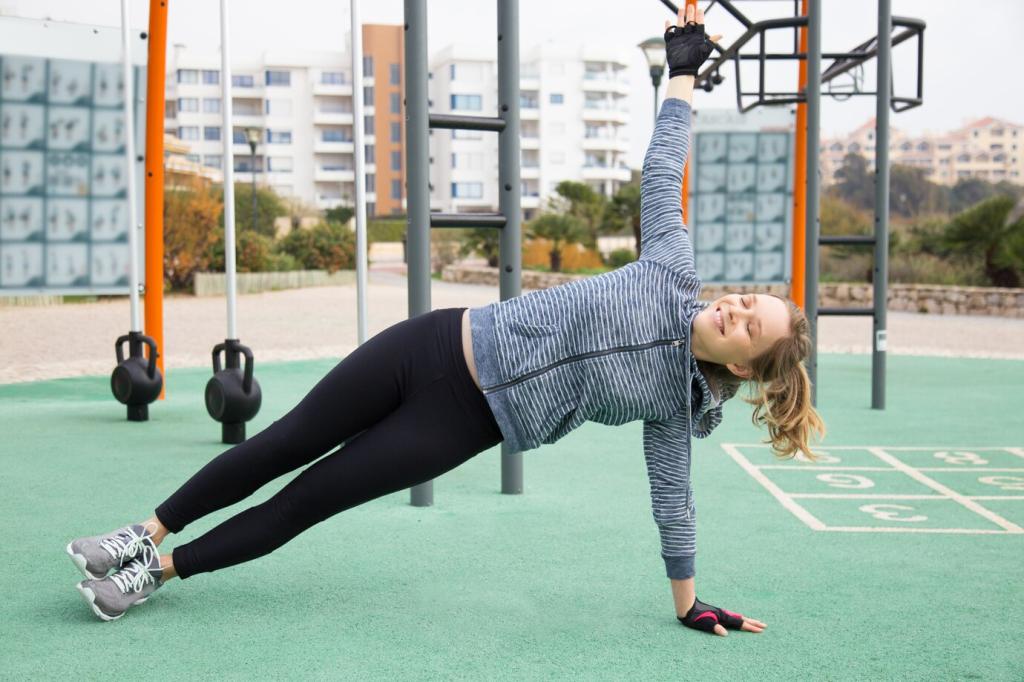
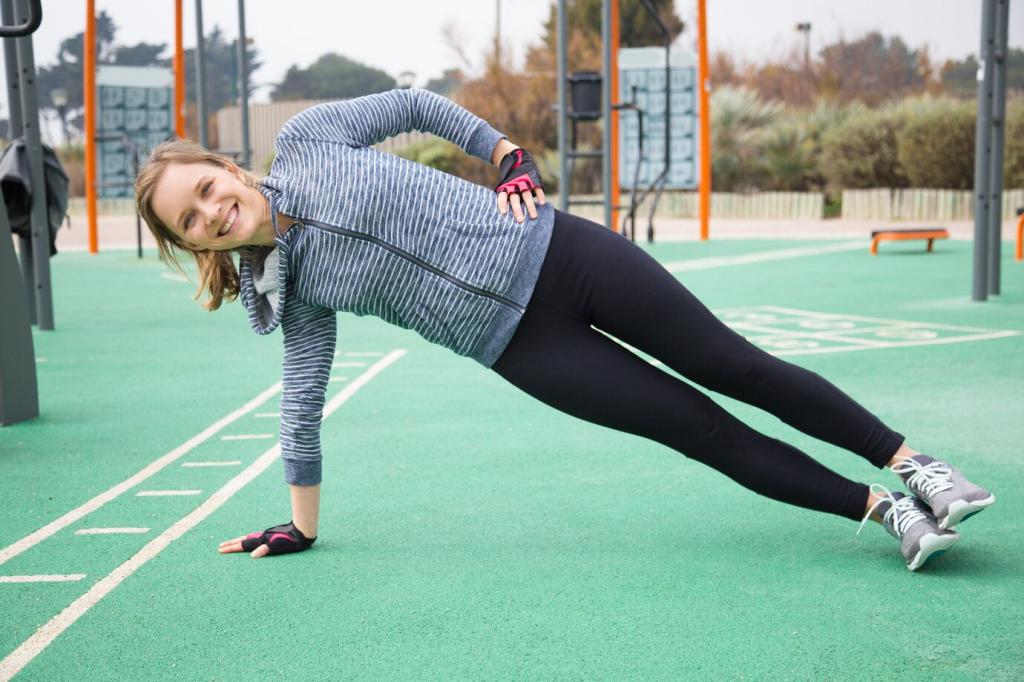
Hollow Body Progressions for a Rock-Solid Midline
Begin with a tuck hold, knees to chest and arms by sides. Extend one leg, then the other. Progress to full hollow and finally hollow rocks. Keep your lower back gently pressed to the floor. Report which step challenged you, and we’ll suggest tweaks for your anatomy and training history.
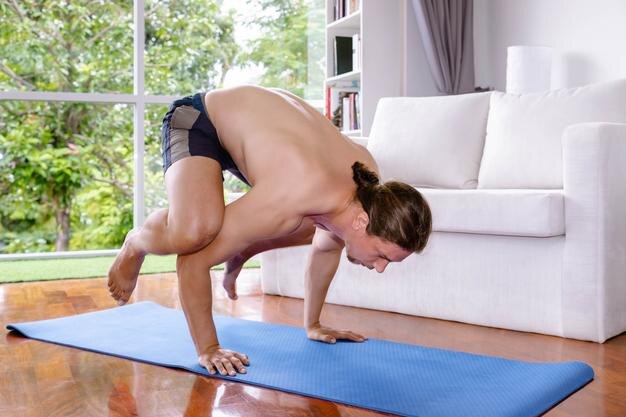
Anti-Extension Staples You Can Feel
High plank, hollow hold, and dead bug top the list. Keep your pelvis neutral, squeeze glutes, and imagine zipping your ribs toward your hips. If your lower back arches, shorten the lever. Comment your favorite cue, and we will highlight great tips from readers in the next update.
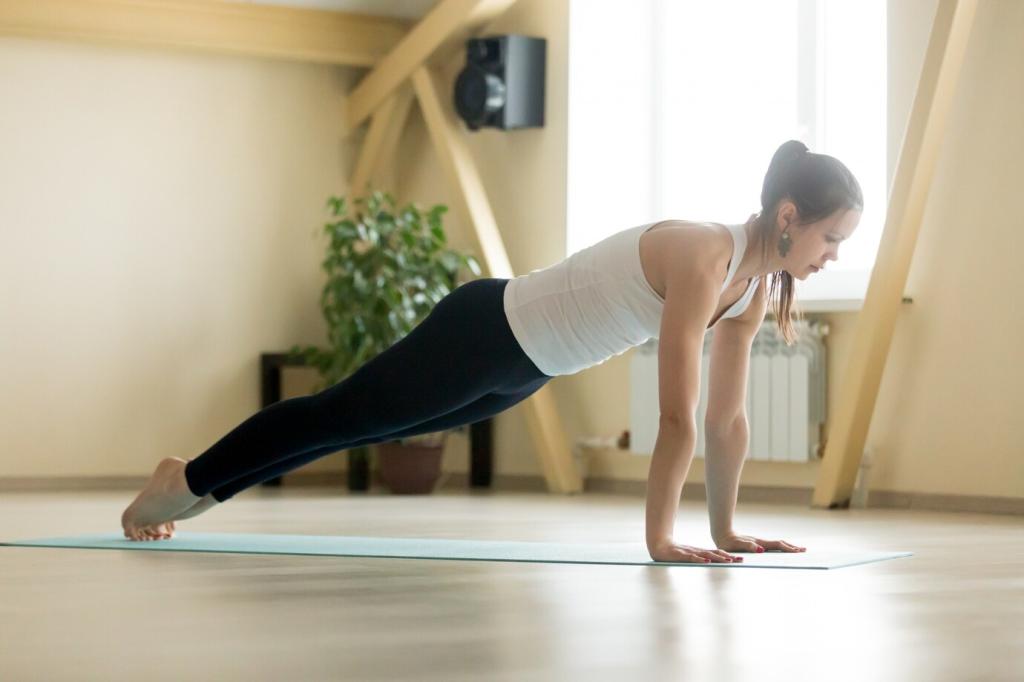
Anti-Rotation at Home Without Equipment
Try slow bird dog with a glass-of-water balance challenge in your mind, resisting torso twisting. Add tall-kneeling hand sweeps across your body, keeping hips still. Side plank leg lifts also fight rotation effectively. Share your toughest variation, and we’ll propose a progression that meets you right where you are.

Anti-Lateral Flexion: The Side Plank Family
From knees to full side plank, then star plank with top leg lifted, these teach your obliques to resist side bending. Keep shoulders stacked and hips high. If your shoulder complains, regress to a forearm version. Tell us how long you hold each position, and track weekly improvements publicly for accountability.
Mobility, Recovery, and Soreness Management
Tight hip flexors tilt your pelvis and stress your lower back during core work. Use half-kneeling hip flexor stretches and open-book rotations for your thoracic spine. Breathe slowly, relax your jaw, and avoid cranking. Comment if you want a five-minute mobility video tailored specifically to today’s circuit.
Mobility, Recovery, and Soreness Management
On non-core days, take a brisk walk, do gentle cat-cow, and add three short breathing sets to reset your ribcage. Keep intensity low while maintaining blood flow. Share your favorite recovery ritual, and subscribe for a simple weekly schedule blending core training, mobility snacks, and restorative movement.
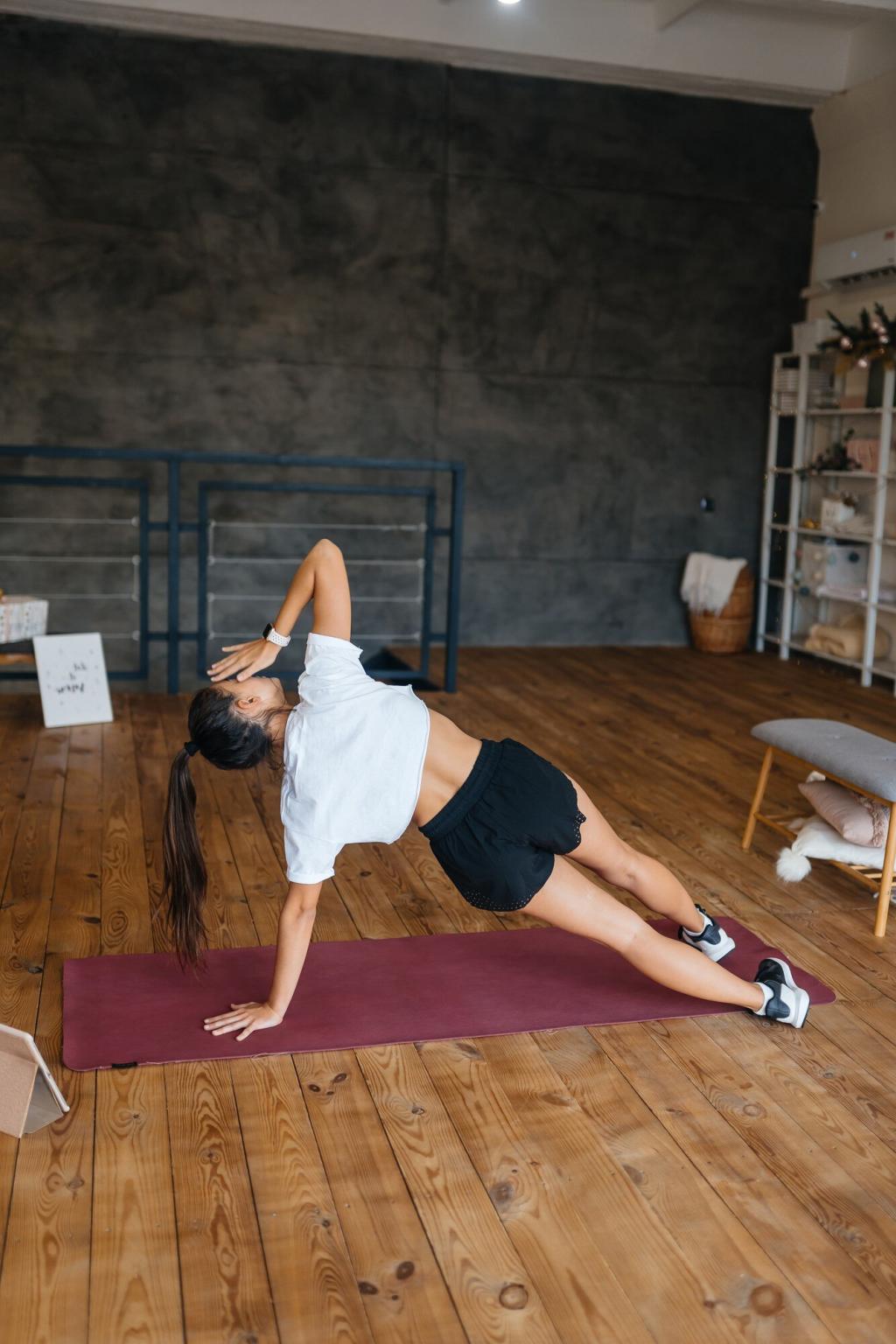
Stories and a 14-Day Bodyweight Core Challenge
A Short Anecdote: Sneezes Without Back Pain
A reader wrote that after two weeks of dead bugs and side planks, sneezing stopped jolting their back. Their takeaway: small, consistent sessions beat heroic marathons. If you relate, drop a comment and tell us the first everyday task that felt noticeably easier after focusing on bodyweight core strength.
Your 14-Day Plan Outline
Alternate training and mobility days: Day 1 circuit, Day 2 mobility, and so on. Keep sessions under fifteen minutes. Progress by adding five seconds per hold every other session. Share your daily check-ins, and subscribe for a printable tracker with tips, scaling options, and friendly reminders to stay consistent.
Join the Conversation and Build Momentum
Post your favorite variation, a form cue that clicked, or a challenge you faced. Ask questions, request tutorials, and encourage others. Community energy builds adherence, and adherence builds strong cores. Hit subscribe so you never miss the next progression, story feature, or new bodyweight-focused routine.
